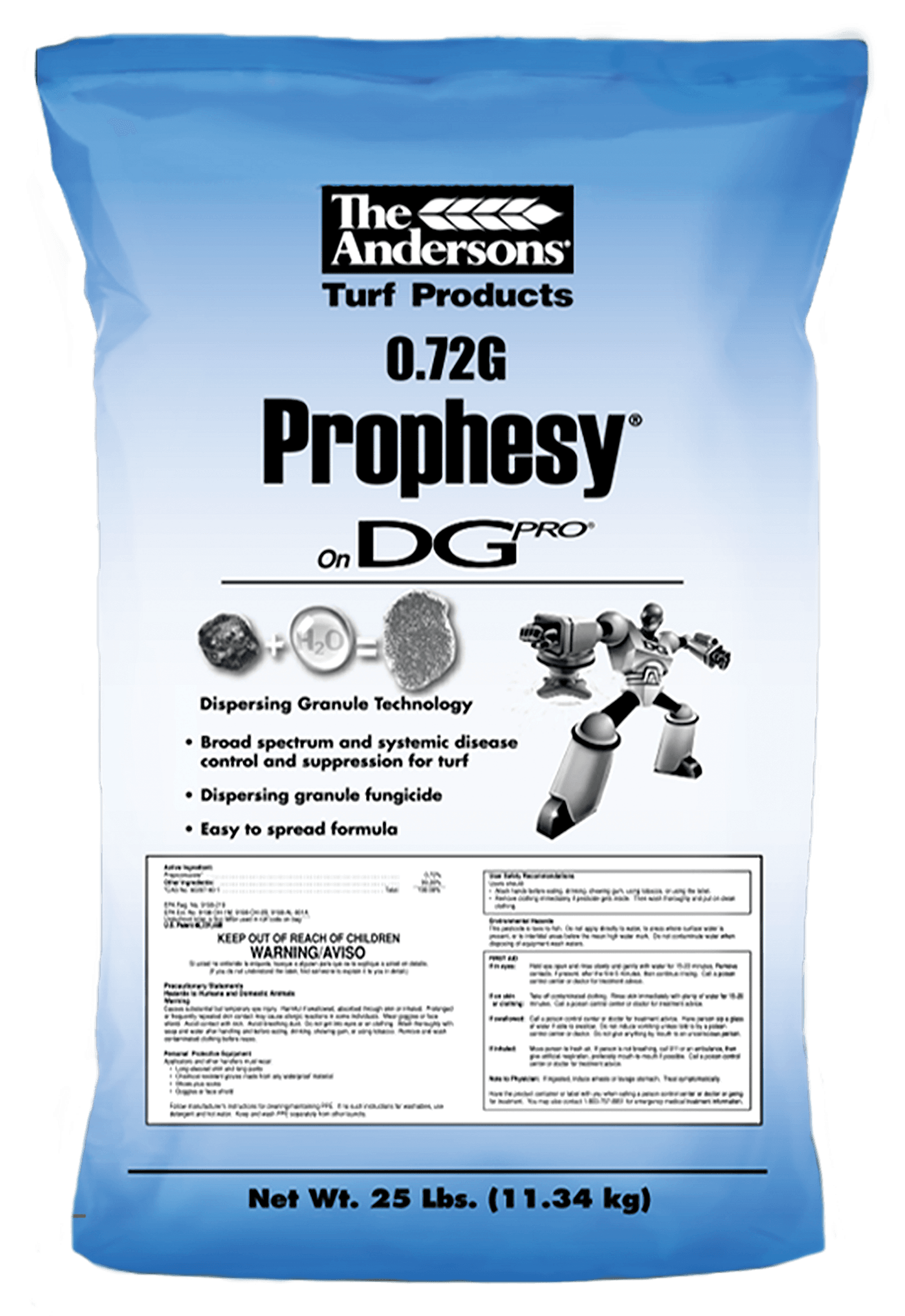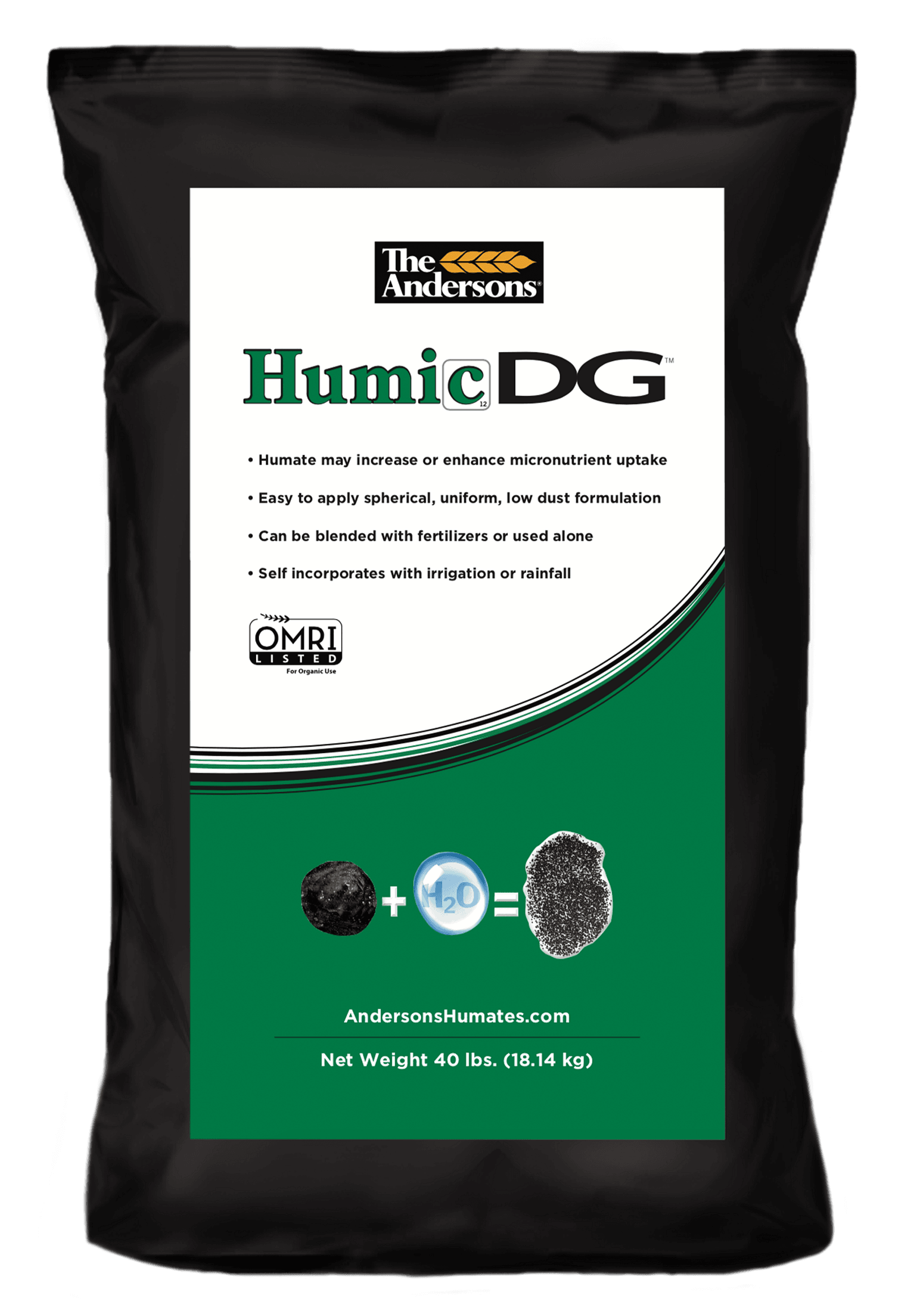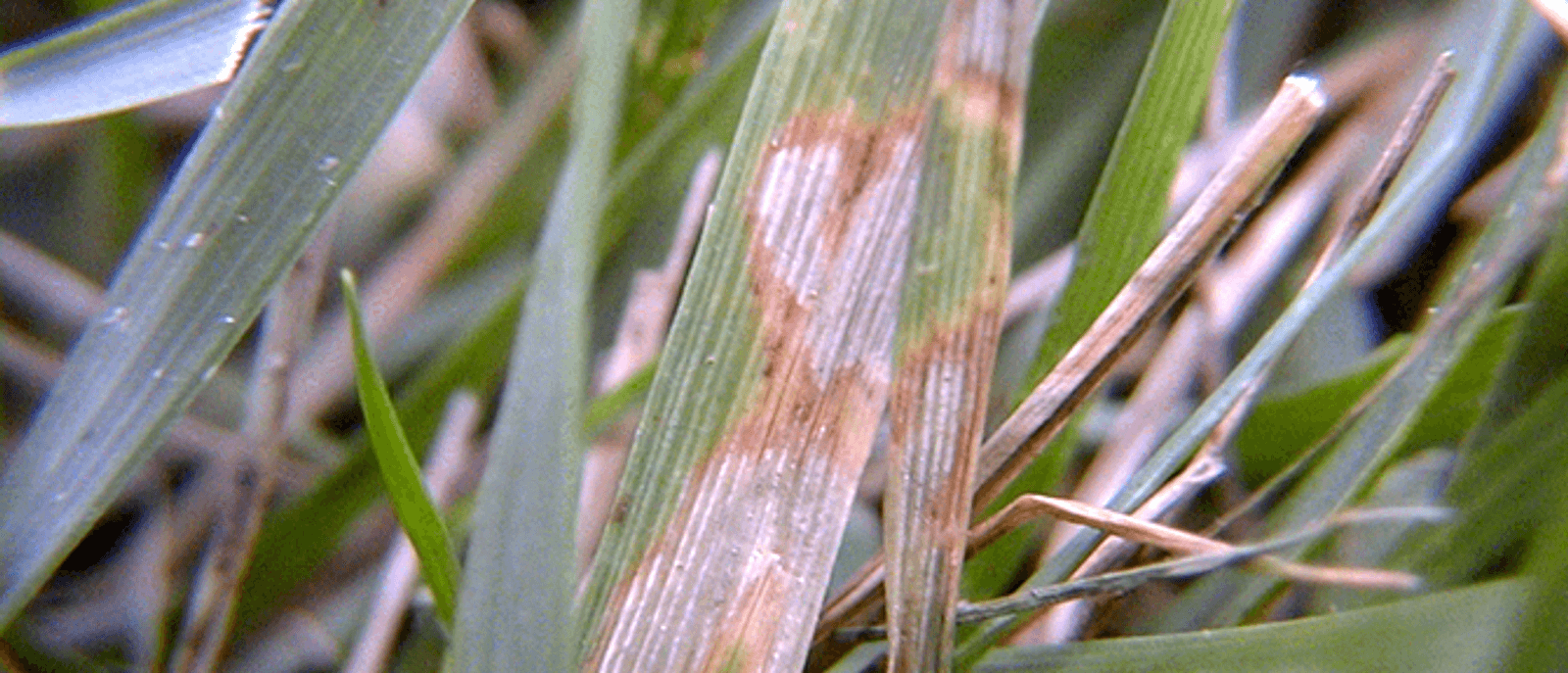Lawn diseases can turn your once-vibrant grass into a brown, patchy mess if left unchecked. In this comprehensive guide, we'll explore different types of lawn diseases, how to prevent them, and how to treat them effectively, ensuring your lawn stays healthy and vibrant.
COMMON LAWN DISEASES
Before diving into prevention and treatment, let's take a closer look at some common lawn diseases:
Brown Patch Disease: This fungal disease is characterized by circular brown patches that can vary in size. It often occurs in hot, humid weather and affects various grass types.

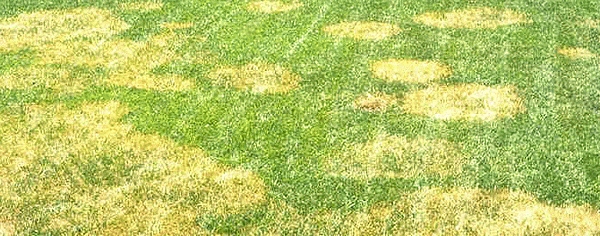
Dollar Spot: Dollar spot creates small, round, straw-colored patches. It typically emerges in the summer when the weather is warm and humid.
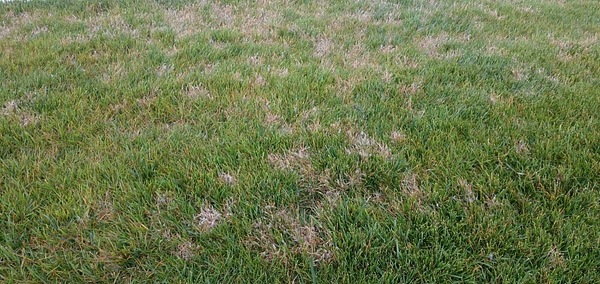

Rust: Rust disease causes a rusty or orange-colored coating on grass blades. It often occurs when the lawn is stressed due to drought or poor soil health.
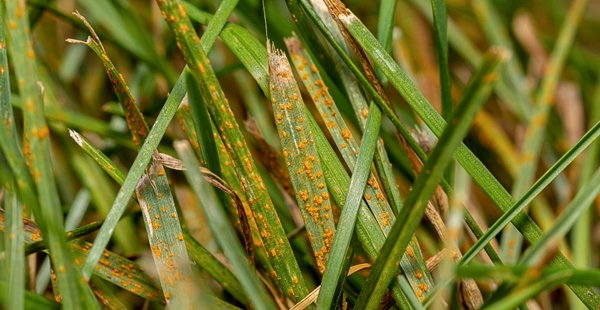
Red Thread: Red thread manifests as pinkish-red threads or web-like structures on the grass blades. It's most common in cool, moist conditions in the late spring and early summer.
Fusarium Blight: Fusarium blight thrives in hot, humid weather and causes irregularly shaped, reddish-brown patches on the lawn.
Pythium Blight: Pythium blight thrives in wet conditions and forms slimy, dark green or black patches on the grass.
PREVENTING LAWN DISEASES
Prevention is the best strategy when it comes to lawn diseases. Here are some tips to keep your lawn healthy:
Choose Resistant Grass Varieties: Select grass types that are resistant to common diseases in your area. Consult with local experts or your lawn care professional for advice.
Proper Lawn Maintenance: Regularly mow your lawn to the appropriate height for your grass type and ensure sufficient soil drainage to discourage disease growth.

One way to loosen hard-packed clay soils to ensure better soil drainage is by using soil amendments such as Humic DG, Biochar DG, and HumiChar.
Watering Wisely: Water your lawn deeply and infrequently, preferably in the morning, to allow the grass to dry before evening. Avoid overwatering, as it can create conditions conducive to disease.
Aerate Your Lawn: Aerating your lawn helps improve soil compaction and better water drainage, allowing air and nutrients to reach the grassroots, making your lawn less susceptible to disease. Click here to learn more about core aeration.
Fertilize Thoughtfully: Apply the right type and amount of fertilizer at the appropriate times to encourage healthy grass growth. Avoid excessive nitrogen, as it can make your lawn more susceptible to certain diseases. To determine which fertilizer is best for your lawn you may want to consider conducting a soil test. Click here to learn more about soil testing.
Apply a Preventative Fungicide like Prophesy: Prophesy can be used for proper lawn maintenance and applied before you have a lawn disease to help prevent your lawn from obtaining disease or fungus.
TREATING LAWN DISEASES
If you notice signs of a lawn disease, take action promptly to prevent it from spreading further:
Identify the Disease: First, correctly identify the disease affecting your lawn. Proper diagnosis of the organism causing the disease is important. Use of diagnostic kits or other means of identification of the disease organism is essential to determine the best control measures. Different diseases require different application methods and/or application rates.
Repair the Damage: For small patches, carefully remove and dispose of the infected grass. For larger areas, you may need to reseed or sod the affected area after the disease is eradicated.
Apply Prophesy Fungicide: For control of foliar diseases, apply Prophesy to wet/moist foliage. For control of soil-borne diseases, this product can be watered in after application. Under conditions optimum for high disease pressure, use the higher rate and the shorter interval listed on the label for the type of disease your lawn has. For optimum turf quality and disease control, use this product in conjunction with turf management practices that promote good plant health and optimum disease control.
Adjust Your Lawn Care Routine: Modify your lawn care practices to minimize stress on your grass. This includes proper watering, mowing, and aeration.
Improve Soil Health: Address underlying soil issues by improving soil quality through soil testing and appropriate amendments.
Understanding common lawn diseases, implementing preventive measures, and knowing how to treat them when they arise are essential steps in maintaining a vibrant, disease-free lawn. Regular care and attention will keep your lawn looking its best and ensure your pride and joy remains the envy of the neighborhood.

